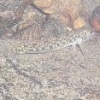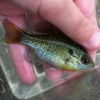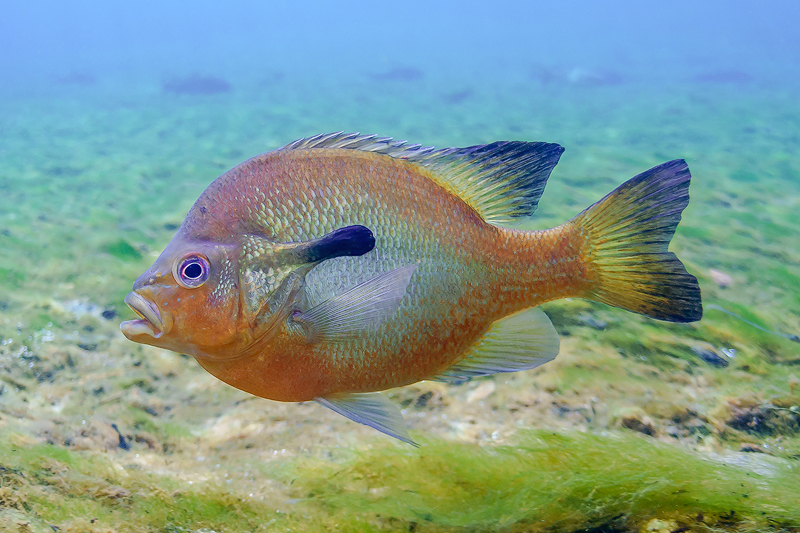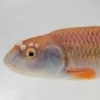Josh - I think you're getting serracanthus mixed up with the Florida spotted form of brown bullhead. The spotted bullhead (serracanthus) has been a recognized species since 1968. The Florida spotted form of brown bullhead (smaller eye, not as flat, and lacks the dark dorsal base) is still "just" a brown bullhead (nebulosus).
"Long-eared redbreast sunfish" ??? Aren't they just the big dominant males?
Thanks for clearing up the two forms of spotted bullheads.
As for redbreasts I notice some southern ones have HUGE opercular tabs compared to northern ones. I always wonder if they are a subspecies or not. (I call them Pteracephalus in my own mind, yep, wing heads).
















